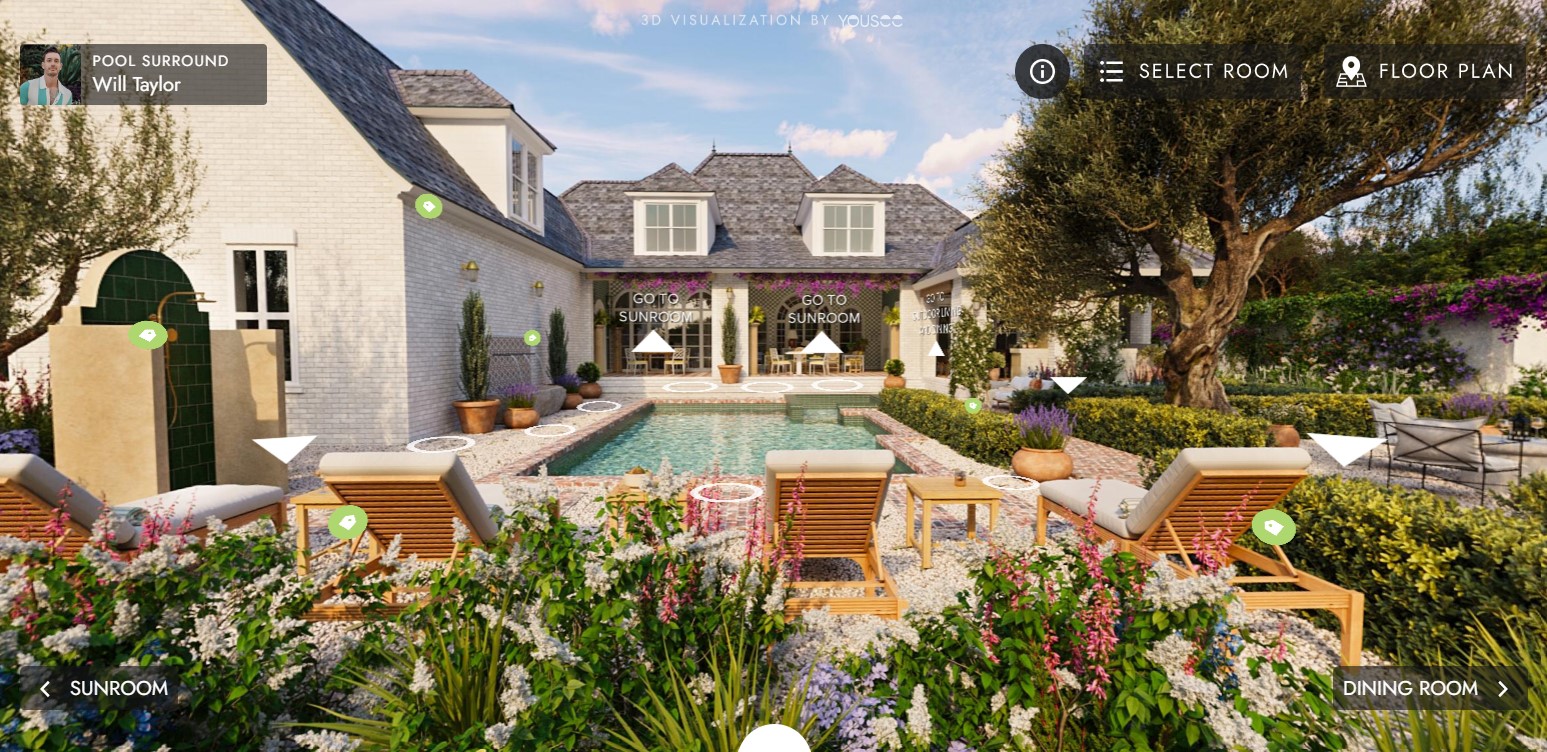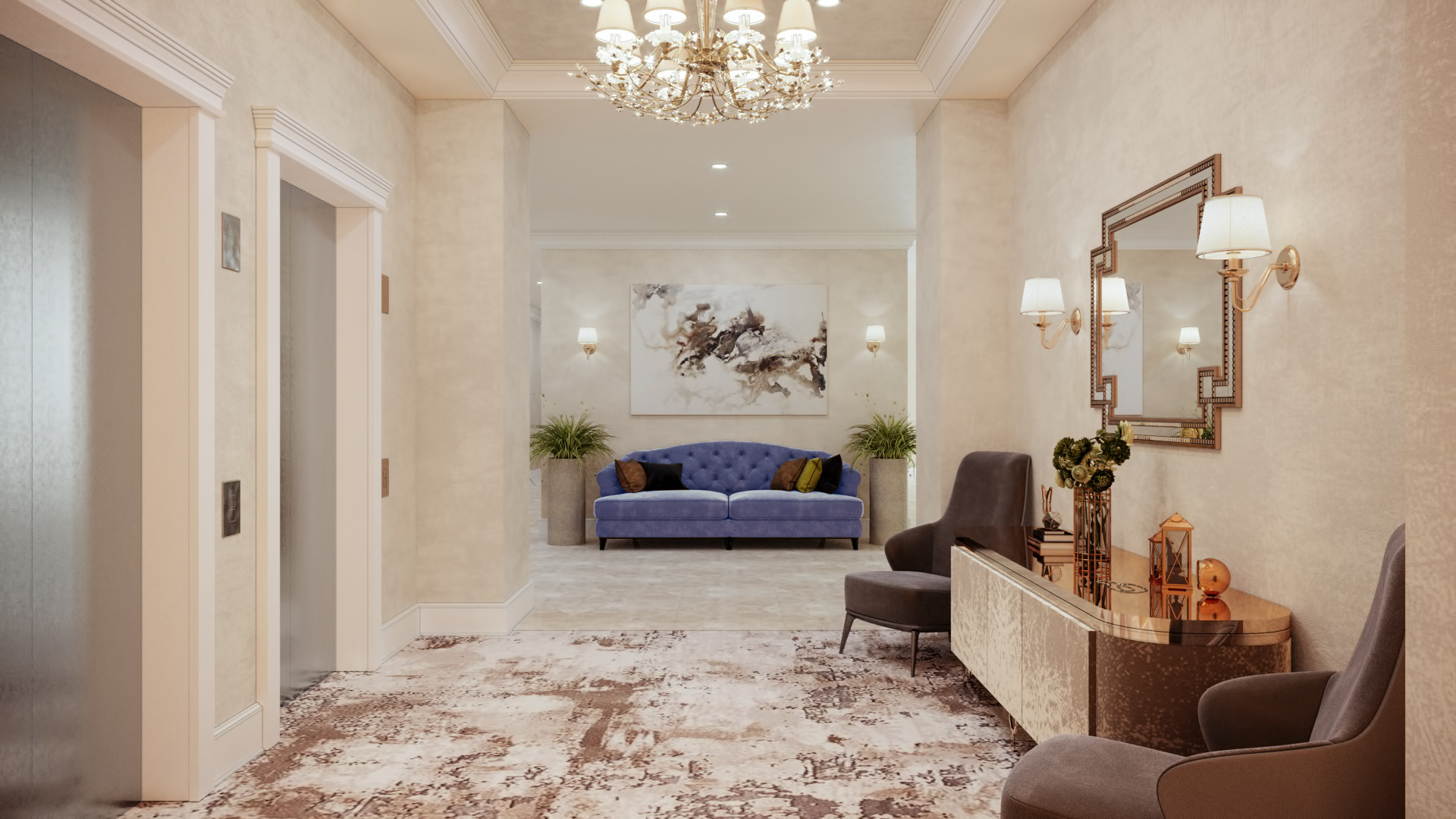Leveraging 3D Virtual Tours for Real Estate Marketing
In the ever-evolving landscape of real estate marketing, a groundbreaking technology has emerged as a game-changer: the 3D virtual tour. This innovative tool has revolutionized the way properties are showcased, allowing potential buyers to explore homes from the comfort of their own devices. As we delve into virtual reality in real estate, we'll uncover how this technology is reshaping the industry, driving engagement, and ultimately boosting sales.
The Rise of 3D Virtual Tours in Real Estate
Virtual tours aren't entirely new, but recent technological advancements have catapulted them into the spotlight. Today's 3D virtual tours offer an immersive, interactive experience beyond traditional photos or videos. These tours allow users to navigate through properties at their own pace, examining every nook and cranny as if they were physically present.

The adoption of 3D virtual tours in real estate has significantly increased, particularly during global events that limited in-person viewings. According to a recent study by the National Association of Realtors, 63% of buyers in 2023 made an offer on a property without seeing it in person, relying heavily on virtual tours and other digital tools. This statistic alone underscores the growing importance of this technology in the real estate market.
How 3D Virtual Tours Work
To truly appreciate the impact of 3D virtual tours, it's essential to understand the technology behind them. These tours are typically created using specialized cameras that capture 360-degree images of each room in a property. These images are then stitched together using sophisticated software to create a seamless, navigable environment.
The result is a highly detailed, interactive property model that users can explore using their computer, smartphone, or virtual reality headset. Some advanced systems even incorporate dollhouse views, floor plans, and measurement tools, providing a comprehensive understanding of the property's layout and dimensions.
The Benefits of 3D Virtual Tours for Real Estate Marketing
- Enhanced User Engagement
One of the most significant advantages of 3D virtual tours is their ability to captivate potential buyers. On average, users spend 5-10 times longer engaging with virtual tours than traditional photo galleries. This increased engagement translates to a deeper connection with the property and a higher likelihood of scheduling an in-person viewing or making an offer. - Time and Cost Efficiency
Virtual tours streamline the property viewing process for both buyers and sellers. Buyers can quickly narrow their options without needing multiple in-person visits, saving time and travel expenses. For sellers and agents, this means fewer unqualified leads and more efficient use of resources. - Global Reach
With 3D virtual tours, geographical barriers become irrelevant. International buyers or those relocating from distant cities can explore properties in detail without needing expensive and time-consuming trips. This expanded reach opens up new markets and opportunities for sellers. - 24/7 Availability
Unlike traditional open houses or scheduled viewings, virtual tours are available around the clock. This accessibility caters to busy professionals and international clients in different time zones, ensuring that no potential buyer misses out on the opportunity to explore a property. - Improved SEO and Online Presence
Websites featuring 3D virtual tours tend to perform better in search engine rankings. These interactive elements increase time spent on site and reduce bounce rates, which are positive signals for search engines. Additionally, virtual tours can be easily shared on social media platforms, further expanding a property's online reach.
Case Studies: Success Stories in Virtual Real Estate Marketing
To illustrate the real-world impact of 3D virtual tours, let's examine a few notable case studies:
- Luxury Penthouse in New York City
Manhattan's high-end real estate agency implemented 3D virtual tours for a $12 million penthouse apartment. Within the first month, the virtual tour received over 50,000 views from 32 countries. This global exposure resulted in three severe offers from international buyers who had yet to visit the property physically. The penthouse sold within 45 days, 30% faster than the average time on the market for similar properties in the area. - Suburban Development in Austin, Texas
A new housing development on the outskirts of Austin utilized 3D virtual tours for pre-construction sales. By offering immersive tours of model homes and customization options, they could secure deposits on 75% of the units before breaking ground. This pre-sales success allowed the developer to secure additional funding and accelerate the construction timeline. - Historic Bed and Breakfast in Charleston, South Carolina
The 19th-century bed and breakfast owners in Charleston's historic district invested in a high-quality 3D virtual tour to showcase their property's unique charm. The tour, which highlighted original architectural features and period furnishings, led to a 40% increase in bookings within the first three months. Additionally, the average length of stay increased by 1.5 nights as guests felt more confident in the accommodations before arriving.

Image from Yousee Studio
Overcoming Challenges and Limitations
While 3D virtual tours offer numerous benefits, it's essential to acknowledge and address potential challenges:
- Initial Investment
The cost of creating high-quality 3D virtual tours can be significant, especially for smaller real estate agencies or individual sellers. However, the potential return on investment regarding faster sales and higher engagement often justifies the expense. - Technical Limitations
Not all users may have devices capable of rendering complex 3D environments smoothly. To address this, it is crucial to offer alternative viewing options, such as simplified 2D-floor plans or traditional photo galleries. - Lack of Personal Touch
Some argue that virtual tours remove the personal element of property viewings. To counter this, many agencies are incorporating live virtual tours led by agents who can answer real-time questions and provide additional context.
The Future of 3D Virtual Tours in Real Estate
As technology advances, we can expect 3D virtual tours to become even more sophisticated and immersive. Some exciting developments on the horizon include:
- Augmented Reality (AR) Integration
AR technology could allow users to visualize their furniture or décor within the virtual tour, providing a personalized preview of how they might use the space. - AI-Powered Recommendations
Artificial intelligence could analyze user behavior within virtual tours to suggest other properties that match their preferences, streamlining the house-hunting process. - Virtual Staging and Customization
Advanced software may allow users to virtually stage empty properties or experiment with different design options in real-time during the tour. - Haptic Feedback
Integrating haptic technology could add a tactile element to virtual tours, allowing users to "feel" textures and surfaces as they navigate the space.
Implementing 3D Virtual Tours: Best Practices for Real Estate Professionals
For real estate agents and property managers looking to leverage 3D virtual tours, consider the following best practices:
1. Invest in Quality
While it may be tempting to cut costs, investing in high-quality equipment and professional capture services will result in a more impressive and effective virtual tour.
2. Optimize for Multiple Platforms
Ensure your virtual tours are accessible across various devices, including desktops, smartphones, and VR headsets.
3. Integrate with Existing Marketing Strategies
Incorporate virtual tours into your broader marketing efforts, including email campaigns, social media posts, and property listings.
4. Provide Context and Information
Enhance the virtual tour experience by including informative hotspots, detailed property descriptions, and neighborhood information.
5. Gather and Analyze Data
Use analytics tools to track user engagement with virtual tours and refine your approach based on this data.

Image from Yousee Studio
Conclusion: Embracing the Virtual Revolution in Real Estate
As explored throughout this article, 3D virtual tours have become indispensable in modern real estate marketing. Their ability to provide immersive, detailed property experiences has transformed how buyers search for homes and how sellers showcase their properties.
The benefits of increased engagement, global reach, and streamlined sales processes make 3D virtual tours a worthwhile investment for real estate professionals. As technology evolves, we can expect these tours to become even more sophisticated, further blurring the lines between virtual and physical property viewings.
In an industry where first impressions are crucial, 3D virtual tours offer an unparalleled opportunity to make a lasting impact on potential buyers. By embracing this technology and implementing it strategically, real estate professionals can stay ahead of the curve, meet the changing demands of modern buyers, and ultimately achieve tremendous success in a competitive market.
As we look to the future, it's clear that 3D virtual tours are not just a passing trend but a fundamental shift in how we approach real estate marketing. Those who adapt and harness the power of this technology will be well-positioned to thrive in the evolving landscape of property sales and rentals.
Contact us at YouSee Studio for captivating 3D renderings and immersive virtual experiences.
Karen Spacey is a content writer and the author of this article.




